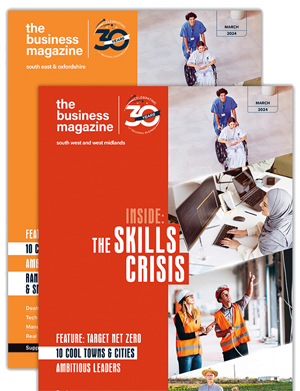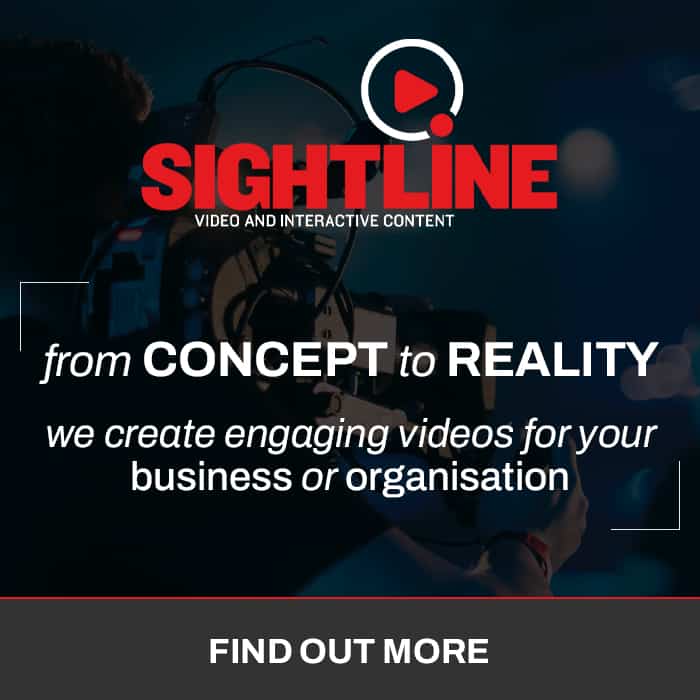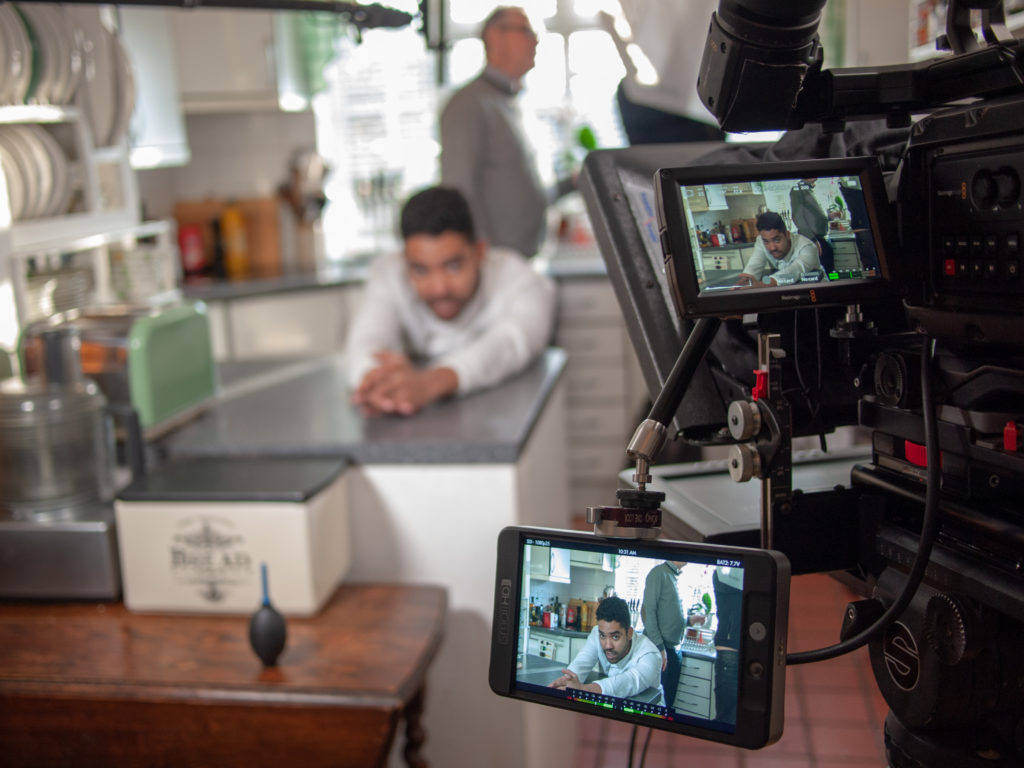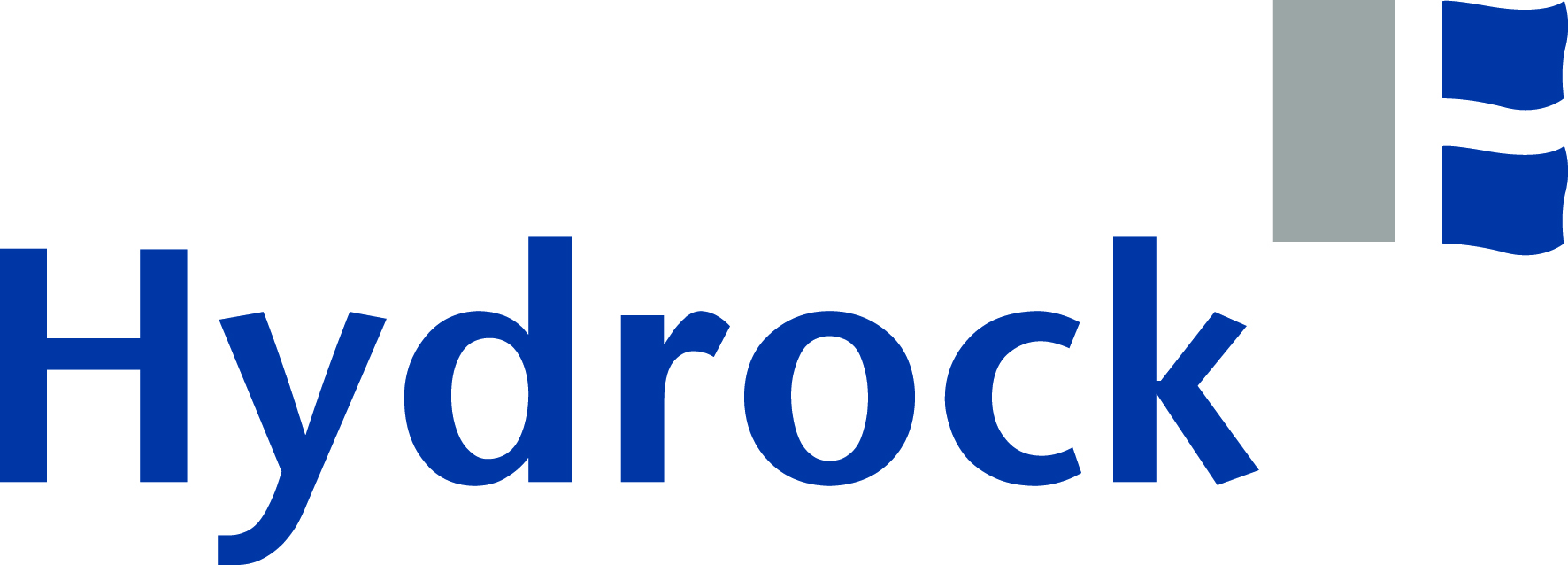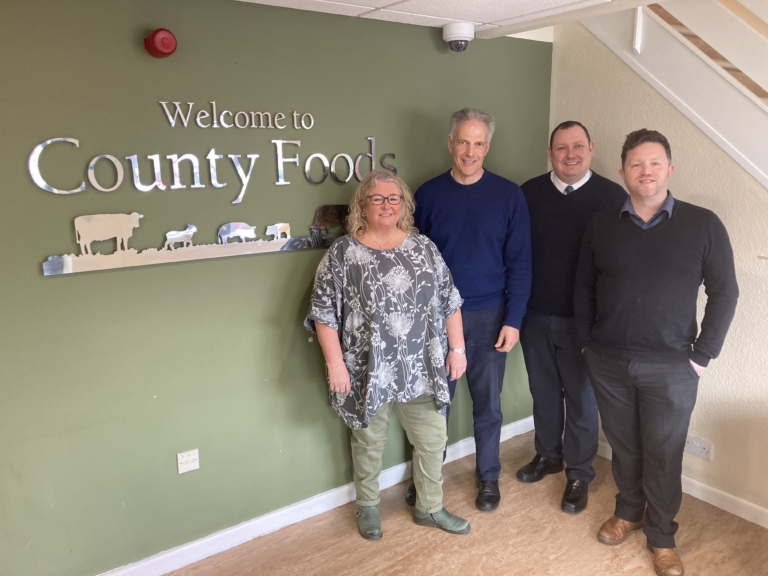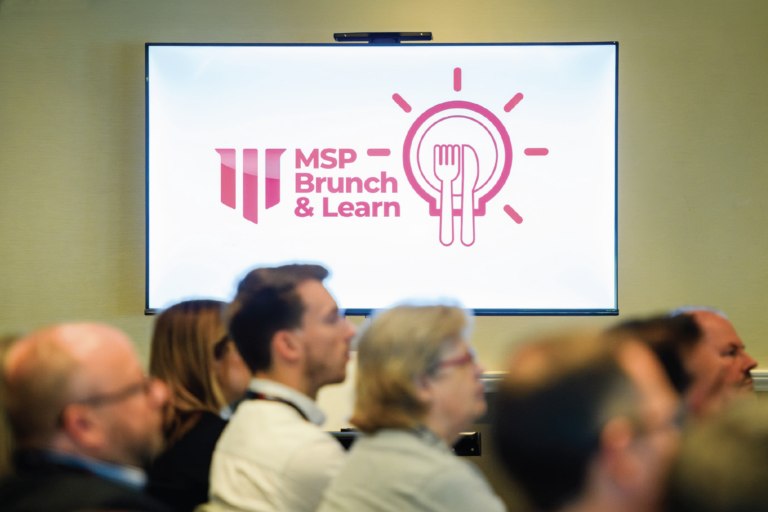Let’s talk Scope 3 emissions
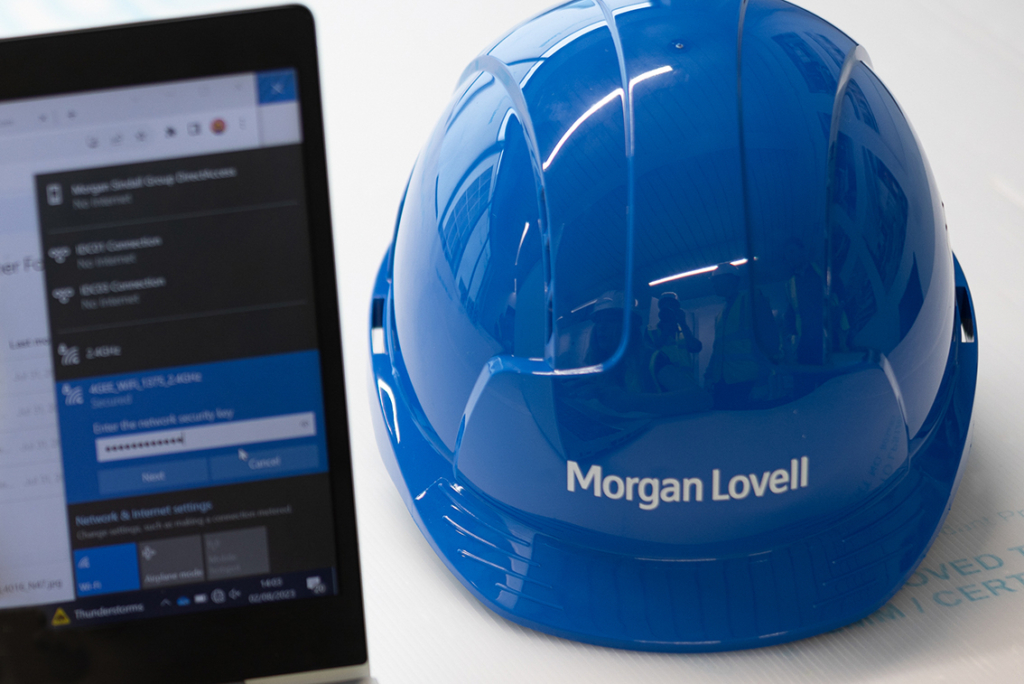
Why Scope 3 carbon is important
Like many businesses in recent years, Morgan Lovell has been diligently reporting our Scope 1 and 2 emissions. These are published in our parent company’s carbon reports and, for the most part, they’re straightforward. But, as we now know, Scope 1 and 2 tell only a fraction of the story.
So, we’ve turned our attention to Scope 3 emissions and we’ve learned just how huge and complex these carbon sources are, and how much more work we need to do. We’re the first fit out contractor to publish a report on our Scope 3 emissions.
Our findings are by no means perfect, but we have been as honest and transparent as this challenging exercise demands. We don’t cover every last molecule of carbon dioxide.
This, we’ve discovered, is the nature of the beast. But we’re keen to share where our true carbon impacts are, and to use this report to help improve our working practices, along with our supply chain partners. We’re confident that, in time, we’ll also improve our Scope 3 reporting as our processes generate more accurate results.
Broadly, what are they?
Scope 1
These are emissions that a company makes directly, for example by burning fuel for the vehicles and boilers that it owns and runs itself.
Scope 2
These are emissions that a company makes indirectly, such as the electricity and energy it buys for heating and cooling buildings.
Scope 3
These are all the emissions for which a company is indirectly responsible up and down its value chain. They include emissions related to a company’s purchase, transportation and distribution of goods and services, as well as their customers’ use of sold products. They also account for business-generated waste, end-of-life product disposal and employee commuting and business travel.
Our methodology
How we measured our data (and kept perspective on the minutiae) In tackling the challenge of measuring our Scope 3 emissions, we followed GHG Protocol guidelines and conducted supplementary research. We encountered obstacles, including difficulties accessing certain data and methodologies. Focusing on areas less likely to be addressed elsewhere, such as embodied carbon of materials, we prioritised meaningful data over excessive detail. Our emphasis remained on using findings to inform actionable strategies for emission reduction.
Results
Here are the findings for our Scope 1, 2 and most importantly, Scope 3 emissions.
Note: tCO2e stands for tonnes (t) of carbon dioxide (CO2) equivalent (e).
Morgan Lovell 2022
Total emissions – 63,983 tCO2e
Scope 1 emissions – 0.86 tCO2e
Scope 2 emissions – 159 tCO2e
Scope 3 emissions – 63,823 tCO2e
Breakdown:
- Purchased goods and services – 26,948 tCO2e
- Fuel and energy related activities – 41 tCO2e
- Upstream transportation and distribution – 250 tCO2e
- Waste generated – 22 tCO2e
- Business travel: 109 tCO2e
- Employee commuting: 218 tCO2e
- Use of sold products: 34,067 tCO2e
- End of life treatment of sold products: 2,168 tCO2e
Other categories, such as capital goods, downstream transportation, and investments, were not applicable.
Conclusions
The unsurprising, the shocking and the scary:
- Scope 3 accounts for 99.75% of our carbon emissions.
- Fit out has a problem. While there are achievable wins in terms of designing out materials and reducing wastage, to lower our carbon impact, it is largely down to manufacturers producing much lower carbon products and the industry driving much greater reuse.
- We must ensure that we are alert to the lower embodied carbon products that are available, and that our designers understand the carbon impact of their design decisions.
- Some manufacturers are doing good things, but we need the leaders to keep driving down embodied carbon – and the followers to catch up fast.
- Focus efforts where carbon is highest; transportation’s impact is minimal compared to extraction and production emissions for high-carbon products.
- The same goes for commuting and business travel, for which combined carbon impact is around 1% of our Scope 3 emissions. It’s not nothing, but it’s tiny compared to that of all the products we specify and install through our supply chain, and their use in our design and build projects, which account for 95%.
- ‘Use of sold products’ is significant for us. We’re progressing by improving design efficiency, embracing energy-saving technologies like low-energy lighting, and reducing energy use intensity. However, we must bridge the performance gap by collaborating with clients and occupants to ensure efficient use of our fit outs.
- Reuse, reuse, reuse. We knew this already but, with the limitations on reducing embodied carbon in new products, we must overcome barriers to reusing and repurposing products. As a sector, this should be a common goal.
The way forward
How we must now tackle Scope 3 – all of us together.
The more of us in the fit out industry who put pressure on reducing our Scope 3 emissions, the better a market we’ll create for lower carbon products, lower carbon design and greater reuse.
At some point, we’ll reach a critical mass where clients, designers, services engineers and site delivery teams, without even trying particularly hard to reduce their carbon impact, will deliver low carbon spaces due to the low carbon nature of the now-standard methods and products.
But we can’t just wait for the sector to get there organically. We need everyone to understand that Scope 3 is where all the carbon is – and how every decision we make will impact our carbon output.
While it’s difficult to pinpoint what constitutes net zero ambition, one thing’s for certain: we need to start as a sector by admitting we have a carbon problem. We must adopt – and commit to – radical changes in how projects are briefed, designed, procured and delivered. Only then can we make the carbon reductions required so the sector can do its bit in helping the UK and wider global community reach net zero targets.
To delve deeper into our Scope 3 emissions journey, including insights into how we calculated our figures, click here to read the full report.

